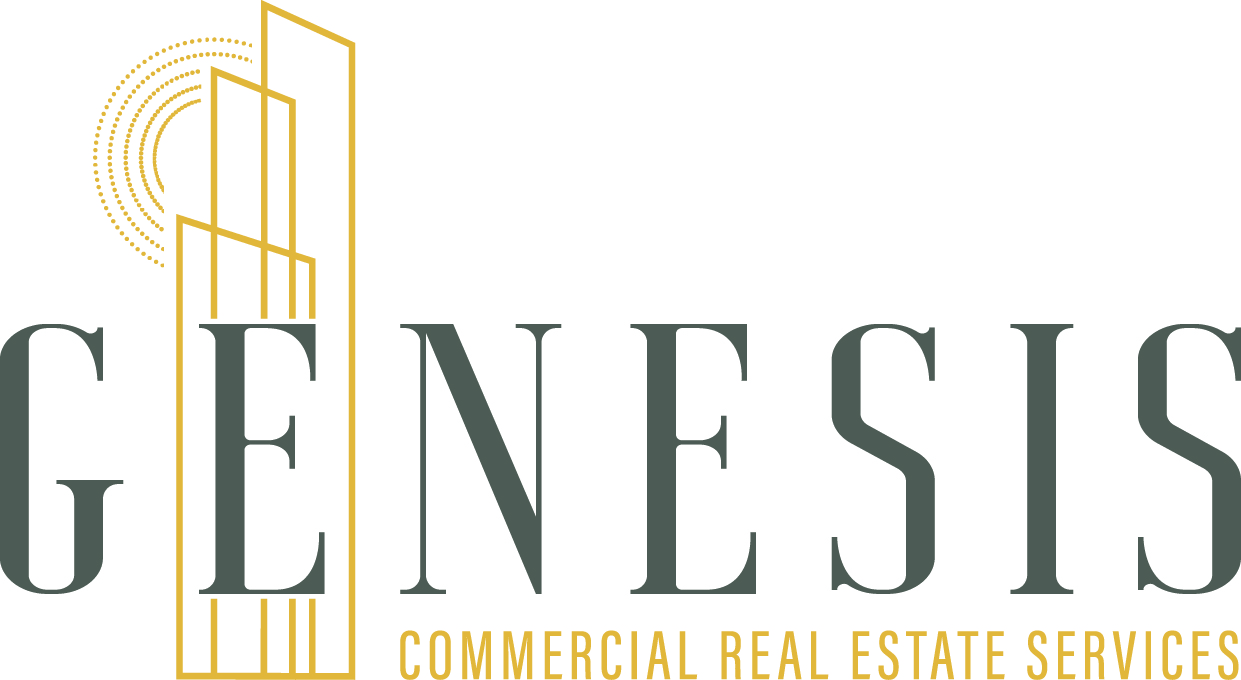The interconnectedness of global economies means that tariffs can have significant impacts on various sectors, including commercial real estate. As businesses react to changes in tariffs, the effects can ripple through the rental market, property values, and overall investment opportunities. Understanding these dynamics is essential for anyone involved in leasing or investing in commercial real estate.
First, it is important to understand what tariffs are. Tariffs are taxes imposed by governments on imported goods. When a government increases tariffs on certain products, it raises the cost of doing business for companies that rely on those imports. In response, businesses may adjust their supply chains, sourcing materials and products from different locations to minimize costs. This strategic reevaluation can lead to shifts in demand for commercial space.
For example, if a company that traditionally imports materials from overseas finds that tariffs have made their costs prohibitively high, they might search for local suppliers. This shift can increase demand for warehouses, distribution centers, and manufacturing facilities near their new sources. Conversely, companies that are heavily reliant on imports may look to downsize their operational space as they streamline their processes to offset increased costs. This fluctuation in demand can create a volatile environment for landlords and investors in commercial real estate.
Additionally, tariffs can influence the overall economic climate. An increase in tariffs can lead to inflation, as businesses pass on higher costs to consumers. This can reduce consumer spending, ultimately affecting businesses’ revenues and their ability to pay rent. In a sluggish economy, landlords might face higher vacancy rates if businesses downsize or shut down entirely. Such market conditions can impact property values and make it challenging to attract new tenants.
Furthermore, as companies start to navigate tariff changes, there is often a lag time as they adapt their strategies. During this adjustment period, there may be increased uncertainty in commercial real estate markets. Investors may approach new opportunities with caution, which can lead to decreased property valuations across the board. Consequently, a once vibrant commercial space can become less desirable, affecting rental prices and even leading to reduced investment in construction projects.
On the other hand, the introduction of tariffs can provide opportunities in certain sectors. For example, businesses that are not reliant on imports may see a competitive advantage during tariff hikes. These companies may thrive, leading to an increased need for additional commercial space. In this context, landlords with properties positioned to attract these industries could see increased demand and rental rates. By understanding how tariffs influence specific sectors, investors can make informed decisions about where to focus their efforts.
Moreover, the geographic impact of tariffs should not be overlooked. Some regions may benefit from a shift in sourcing and production, leading to a surge in demand for commercial space. Alternatively, areas heavily reliant on imported goods may experience economic downturns, which could lead to declining property values. Investors should consider regional economic conditions and industry composition when evaluating potential commercial real estate investments during periods of tariff changes.
Future trends in trade policy also play a significant role in shaping the commercial real estate landscape. If tariffs are expected to remain high or escalate, businesses may seek to invest in facilities that allow them to manufacture goods domestically. This trend could lead to a rise in construction for manufacturing spaces, as companies look to reduce vulnerability to foreign trade. Understanding these trends will allow real estate professionals to position themselves strategically within the market.
In addition to direct impacts on demand and pricing, tariffs can lead to changes in financing conditions for commercial real estate. Lenders may become more cautious about funding projects in uncertain economic climates. This hesitation could result in stricter lending criteria, making it more challenging for businesses to secure financing for new commercial properties or expansions. As financing becomes more difficult, it can slow down new developments and transactions, further impacting the commercial real estate market.
Navigating the complexities of how tariffs influence commercial real estate requires an awareness of both macroeconomic trends and specific industry movements. Owners and investors must stay informed about trade policies and their implications, continuously reassessing their strategies to stay ahead of market changes. Engaging with economic forecasts and consulting with experts in the field can provide valuable insights.
Ultimately, while tariffs pose challenges to the commercial real estate market, they also create opportunities for proactive investors and property owners. Those who adapt quickly and strategically to the changing landscape can find ways to elevate their portfolio or enhance their property performance. Keeping a close eye on tariff developments and their potential impacts on the market will be vital for anyone involved in commercial real estate.
In conclusion, understanding how tariffs affect commercial real estate is crucial for stakeholders in this sector. From changes in demand for different types of properties to evolving financing conditions, tariffs can significantly reshape the landscape of commercial real estate. By staying informed and strategic, investors and property owners can navigate these challenges and capitalize on emerging opportunities.
For those wanting to explore the implications of tariffs further or seeking assistance in leasing commercial real estate space, contacting a knowledgeable professional can be invaluable. Reaching out for guidance can provide critical insights and ensure that you are well-positioned in this dynamic market environment.

